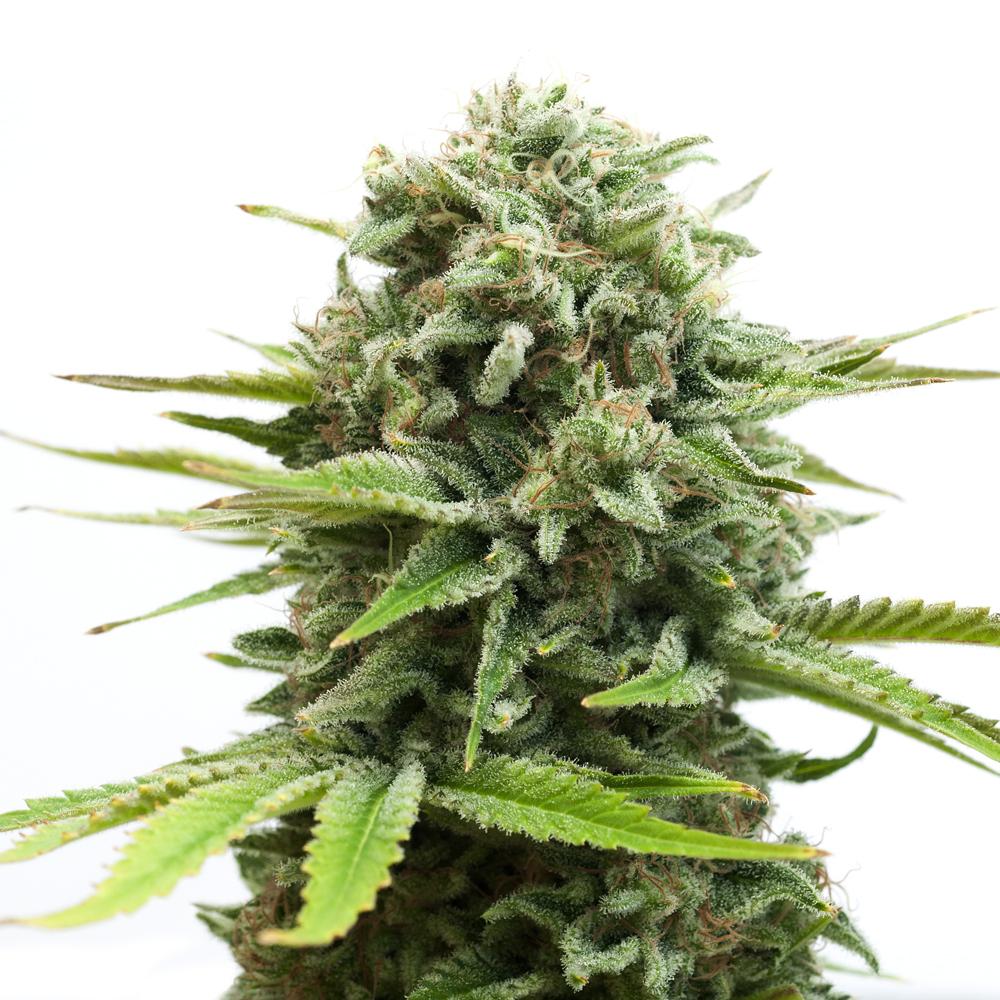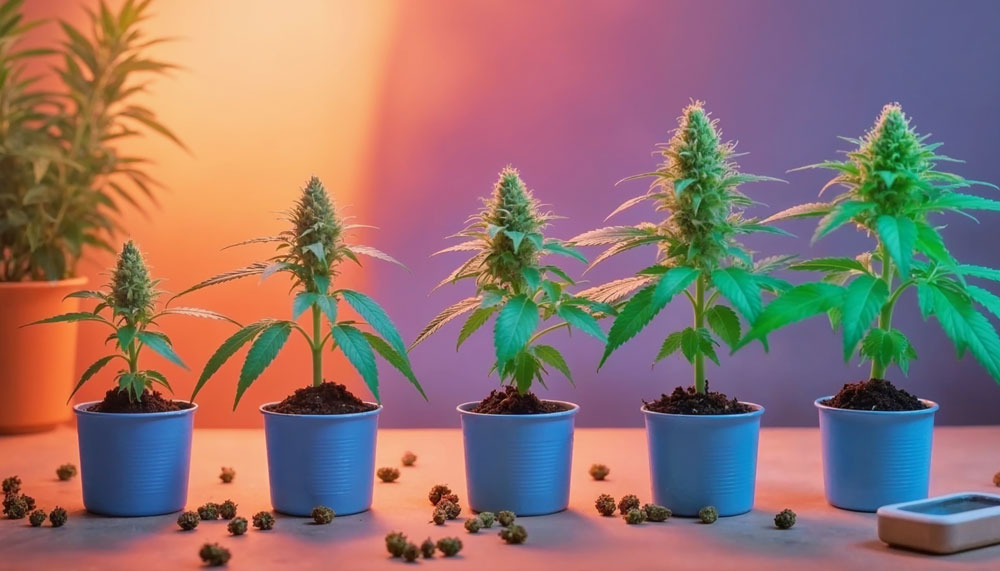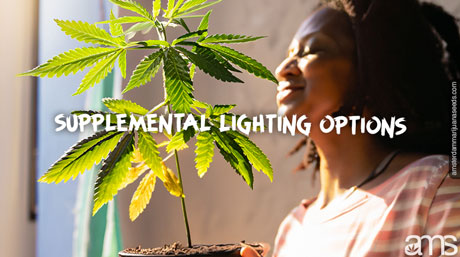Climate and Cannabis: An In-depth Exploration of Climate’s Impact on Plant Growth and Cultivation Techniques
How does climate change affect cannabis cultivation
Greetings, my fellow plant enthusiasts! As a passionate cultivator and lifelong learner, I’ve spent countless hours exploring the secrets that nature offers us. This pursuit has led me to investigate a crucial element in the journey of cannabis growth – the profound impact of climate on plant development. As fellow cultivators, I believe this knowledge will empower us to understand and nurture our beloved cannabis plants better.

The decision to buy marijuana seeds marks the inception of a grower’s journey. It’s a commitment to nurture life, a decision that leads you down a path filled with rich rewards. But where does climate fit into this? Is it merely about ensuring the seeds are exposed to the right environmental conditions or is it something more complex? Let’s delve in and find out.
Understanding the nuanced relationship between climate and plant growth is vital for all plant enthusiasts, especially for those who wish to cultivate cannabis. This sophisticated dance of nature has many layers to it and offers a world of knowledge that can greatly enhance our cultivation techniques. Let’s delve deeper into this relationship and explore the various ways we can nurture our plants in different climatic conditions.
Influence of Temperature on Plant Metabolism and Growth
Temperature plays a crucial role in regulating the metabolic activities of a plant. In cannabis cultivation, the optimal temperature for growth during the vegetative stage is between 70-85 degrees Fahrenheit when the lights are on and between 58-70 degrees Fahrenheit when they are off.
Understanding how temperature affects marijuana growth is pivotal in maintaining the health of your plants. For instance, temperatures above 85 degrees can slow down photosynthesis, leading to stunted growth. Prolonged exposure to high temperatures can cause leaf curling, wilting, and the appearance of brown or burnt edges, indicative of heat stress.
On the other end of the spectrum, low temperatures can also hinder cannabis growth. At temperatures below 58 degrees, the metabolic activities of the plant slow down. This sluggish metabolism impacts the plant’s growth rate and can even cause growth to halt completely if the temperature drops below freezing.
Let’s consider an example. If you’re cultivating cannabis in a region that experiences extreme temperatures, both hot and cold, you’ll need to take additional steps to protect your plants. During scorching summers, shading your plants or moving them indoors during the hottest part of the day can help prevent heat stress. Conversely, during freezing winters, moving your plants indoors or using a greenhouse can protect them from the cold.

Humidity and Cannabis Cultivation
Humidity, or the amount of moisture in the air, is another critical climatic factor influencing cannabis growth. As mentioned before, cannabis plants tend to prefer a more humid environment during their early growth stages and a drier one as they mature.
During the seedling stage, a relative humidity (RH) of 65-70% is optimal, whereas, during the vegetative stage, the RH can be gradually decreased to around 40-70%. Once the plant reaches the flowering stage, a lower RH of around 40-50% is beneficial.
Managing humidity levels is essential to prevent the growth of mold and other fungal pathogens, especially during the flowering stage. Too much moisture can create a conducive environment for these pathogens, damaging your yield and potentially the health of your plants.
Consider this scenario. You’re growing cannabis in a region with high humidity, like Florida or the United Kingdom. In such a case, ensuring proper ventilation in your growing space and possibly using a dehumidifier can help maintain optimal humidity levels. On the flip side, in arid regions like Nevada or parts of Australia, misting your plants or using a humidifier can help increase humidity to the desired levels.

Light and Photosynthesis
Photosynthesis, the process by which plants convert light energy into chemical energy, is the driving force of growth in all green plants, including cannabis. The quality, duration, and intensity of light that your cannabis plants receive will directly impact their growth rate and yield potential.
The right balance of light is key to successful marijuana cultivation. Too much light or heat can cause ‘light stress’ or ‘heat stress.’ The signs of light stress include yellowing or “bleaching” of the leaves, leaf curling, and reduced leaf size. If you notice these signs, it might be a good idea to adjust the position of your lights or use lights with lower intensity.
On the other hand, too little light can result in spindly plants with long, thin stems and small leaves. This condition, known as ‘etiolation,’ occurs as the plant stretches out in search of light. To prevent etiolation, ensure your plants are receiving ample light – ideally, 18-24 hours of light per day during the vegetative stage, and 12 hours per day during the flowering stage.
Let’s imagine you’re growing your cannabis indoors, using artificial grow lights. Ensuring your lights are the right distance from your plants is critical. As a rule of thumb, more intense lights like HPS or LED lights should be positioned further away from the plants than less intense lights like CFLs.

Seasonal Changes and Marijuana Growth
Seasons can significantly impact cannabis growth, especially when growing outdoors. Cannabis, like many plants, has a life cycle tied to the seasons.
In their natural habitats, cannabis plants follow a specific growth cycle. They begin growing in spring, flower in summer, produce cannabis seeds in fall, and then die off in winter, leaving the seeds to begin the next generation the following spring.
As cultivators, we can mimic this natural cycle to optimize growth. For instance, if you’re growing cannabis outdoors in a location that experiences a full range of seasons (like the Pacific Northwest), you can align your planting schedule with the natural cycle.
Climate Change: A Growing Concern
Climate change poses a significant challenge to all forms of agriculture, including marijuana
cultivation. Unpredictable weather patterns, changing seasons, and increasing temperatures can all disrupt the optimal growing conditions for cannabis.
Higher temperatures and more frequent heatwaves can lead to increased instances of heat stress. Changes in rainfall patterns can result in either waterlogged or drought-stressed plants. Shifts in seasons can disrupt the growth cycle of cannabis plants.
As cultivators, we need to stay informed about these broader environmental changes and take steps to mitigate their impacts on our plants. This might involve using heat-tolerant cannabis strains in areas experiencing increasing temperatures or investing in irrigation systems in regions facing decreased rainfall.

Adjusting Cultivation Techniques to Climate
Given the deep interplay between climate and plant growth, adjusting your cultivation techniques to suit your local climate is essential for success.
For example, if you’re growing cannabis in a desert climate like Nevada, using a soil medium that retains water well can help keep your plants hydrated. Planting your cannabis in shaded areas or using shade cloth can help protect your plants from the intense sun.
Conversely, if you’re cultivating in a wet, rainy climate like the Pacific Northwest, using well-draining soil can prevent your plants’ roots from becoming waterlogged. Building a simple greenhouse can protect your plants from heavy rains.
The Future of Marijuana Cultivation in a Changing Climate
As the climate continues to change, cultivators will need to continually adapt their practices to ensure the health and productivity of their plants.
For instance, indoor growing may become more common as it allows for greater control over the growing environment. Techniques like hydroponics and aeroponics may also become more popular as they use water more efficiently than traditional soil growing methods.
In conclusion, the relationship between climate and plant growth is a delicate dance. By understanding this relationship, we can better adapt our cultivation practices to meet our plants’ needs, leading to healthier plants and more abundant harvests.
So, when you decide to buy cannabis seeds next, remember that you’re not just buying a product, but you’re stepping into a world full of learning and growing opportunities. The more we understand our plants and the environmental factors that influence their growth, the better cultivators we become.















